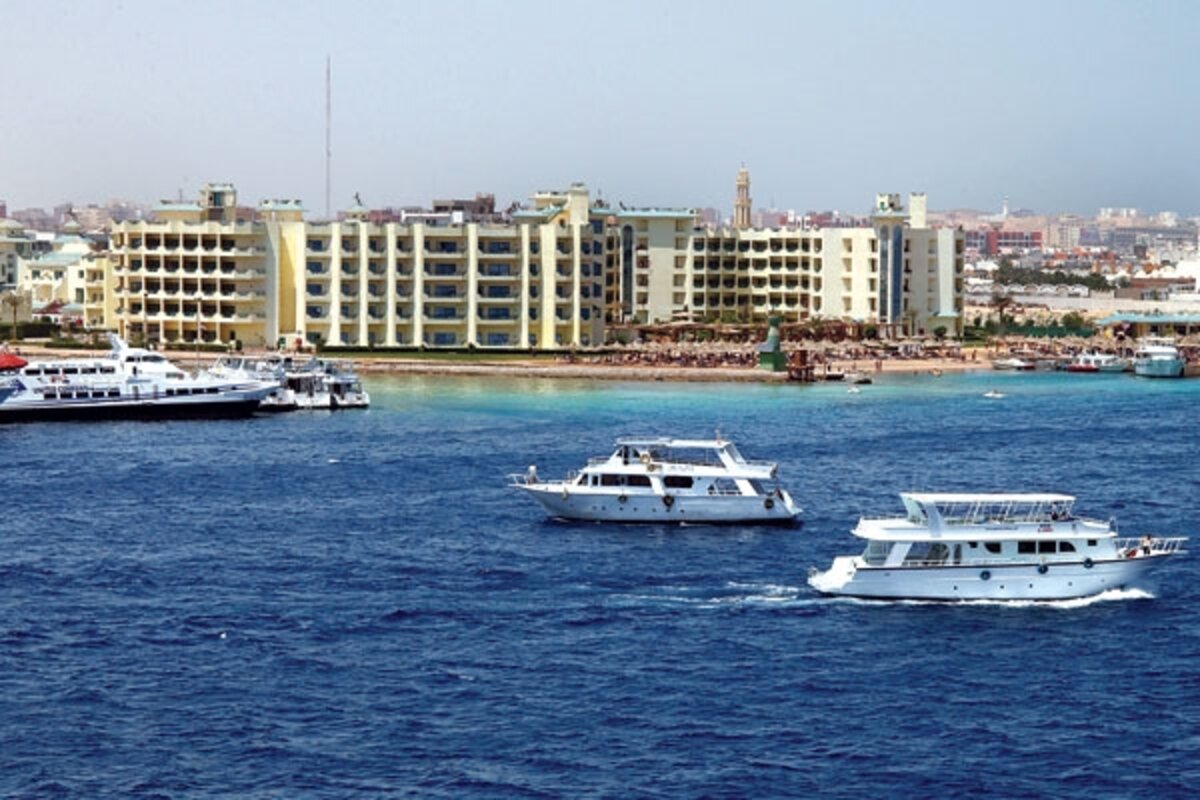Oil spills poison the Red Sea
Loading...
| CAIRO
Egyptian tourism commercials present the Red Sea as an untouched paradise where “the sun shines 365 days a year” and the water is full of exuberant marine life. But the reality is that the beaches and marine life are being destroyed as a result of offshore oil drilling and spills.
On May 20, oil spilled onto the shores just north of the popular resort town of Hurghada, some five hours southeast of Cairo. Although small in comparison with spills elsewhere, more than two-thirds of a mile of sandy beach was covered with crude oil.
According to the country’s environment ministry, workers “moved immediately to the northern coastal region of Hurghada, where they met [oil] company officials to inspect the beach and they found large quantities of crude oil in the form of small pieces along the beach.”
Mahmoud Ismail, the head of the Egyptian Environmental Affairs Agency (EEAA), is proud of the work his organization does during what he termed “routine oil spills.”
“Our organization is there so we can monitor and help to connect oil companies with the necessary means of clean-up during the routine oil spills that occur in the Red Sea,” he says. “Just look at the most recent one, the beaches were completely cleaned in less than one week.”
But environmentalists point to continuing damage to the Red Sea from frequent “routine” oil spills.
Mr. Ismail says that around the 26 oil fields in the Red Sea, marine life is non-existent due to the almost constant leakage from the antiquated equipment used by oil companies, including such giants as British Petroleum (BP), and ExxonMobil. “Unfortunately, around these major centers of oil exploration, sea life is gone,” he says.
Ahmed al-Droubi, an environmental consultant in Cairo, argues that the situation is much worse than the government is willing to admit. He says that along the coastal region, in addition to the central oil areas, the environmental impact has been near catastrophic.
“If you look at the area along the Red Sea, from Ismailia to Hurghada, these beaches are almost entirely destroyed,” Mr. Droubi says. “What you have are hotels hauling in sand in order to make it appear that this is pristine land, but reality is much different: In and around Hurghada, as a result of the oil, there is no marine life.”
Droubi says that the EEAA does exceptional work, considering what they are up against, but action needs to be taken in order to prevent more damage. “We must see efforts to document and help renew the marine life and the coastal areas, because this is part of our future.”
In 2006, two major oil spills occurred in the Red Sea and inside the Suez Canal at Bitter Lake, where passing ships wait before continuing through the one-lane canal. At least 3,300 tons of heavy fuel oil spilled into the Red Sea on Feb. 20 that year. And in September, 1,100 tons of crude oil poured into Bitter Lake.
Smaller spills, similar to the one in Hurghada in May, occur almost monthly, both Ismail and Droubi confirm.
Ismail concedes that Bitter Lake’s ecosystem is no longer functioning. “Fisheries have died, fishermen can no longer work, but the government has compensated them for their losses,” he adds.
“We have nowhere to go,” says Ahmed al-Zayed, a local fisherman whose family once made a living scouring the depths of Bitter Lake. “When I was a child, my father and I used to go out into the lake and we could catch a lot of fish, but now, because of the oil, there is nothing. I haven’t been out in years and when I talk to friends [about] the Red Sea, they tell me the same thing.”
Droubi argues that there needs to be a law requiring pipes and drilling equipment in the Red Sea to be updated. Ismail concurs, saying that much of the machinery is more than 25 years old.
Although the EEAA now concentrates its efforts mostly on cleaning up after spills, that may change. In early May, Environment Minister George Maged established an advisory committee to look into the pollution caused by oil in the Red Sea and its coastal region.
Editor’s note: For more articles about the environment, see the Monitor’s main environment page. Also, check out our and our .




